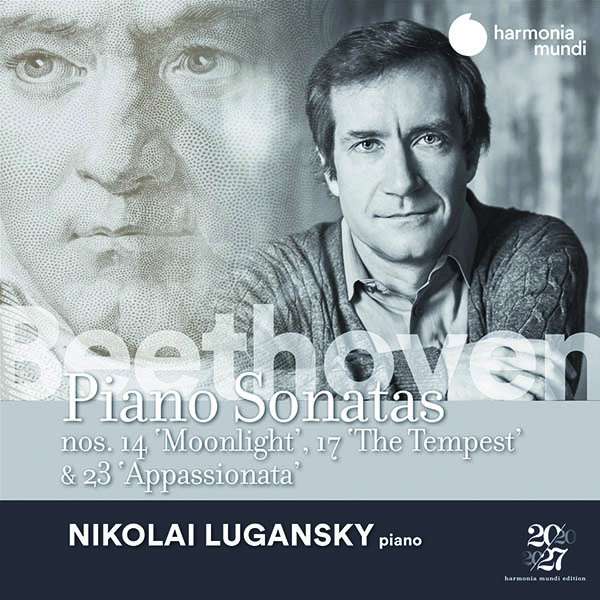Der erste Satz der Mondscheinsonate klingt bei Nikolai Lugansky bedrückt und schwermütig. Auch der zweite bleibt dunkel in den Farben, und der dritte wird äußerst energetisch und kraftvoll gespielt. Die Moll-Tonart bestimmt auch den Charakter von Luganskys Appassionata, deren Kontraste der Pianist voll auslotet, wobei das Grollende klar dominiert. Missmut ist hier angesagt. Doch das macht 11 heftige Minuten, die man durchaus als überzogen betrachten kann, während der mittlere Satz zu einem inneren Kampf wird, ehe das Finale in höchster Leidenschaft entbrennt, drängend und ungestüm. Stürmisch zeigt sich Lugansky auf in der 17. Sonate, Der Sturm. Es gibt in seinem Spiel wohl interessante Aspekte, aufs Ganze gesehen ist dies aber eine Produktion, die ich für meinen Bedarf nicht brauche.
The first movement of the Moonlight Sonata sounds depressed and melancholy in Nikolai Lugansky’s interpretation. The second also remains dark in color, and the third is played extremely energetically and powerfully. The minor key also determines the character of Lugansky’s Appassionata, whose contrasts the pianist fully explores, with the rumbling clearly dominating. There is much grievance here, and that makes for 11 fierce minutes, which may well be considered excessive, while the middle movement becomes an inner struggle before the finale erupts in supreme passion, urgent and impetuous. Lugansky shows himself stormy in the 17th sonata, The Tempest. There are interesting aspects to his playing, but on the whole this is a production I don’t need.


















